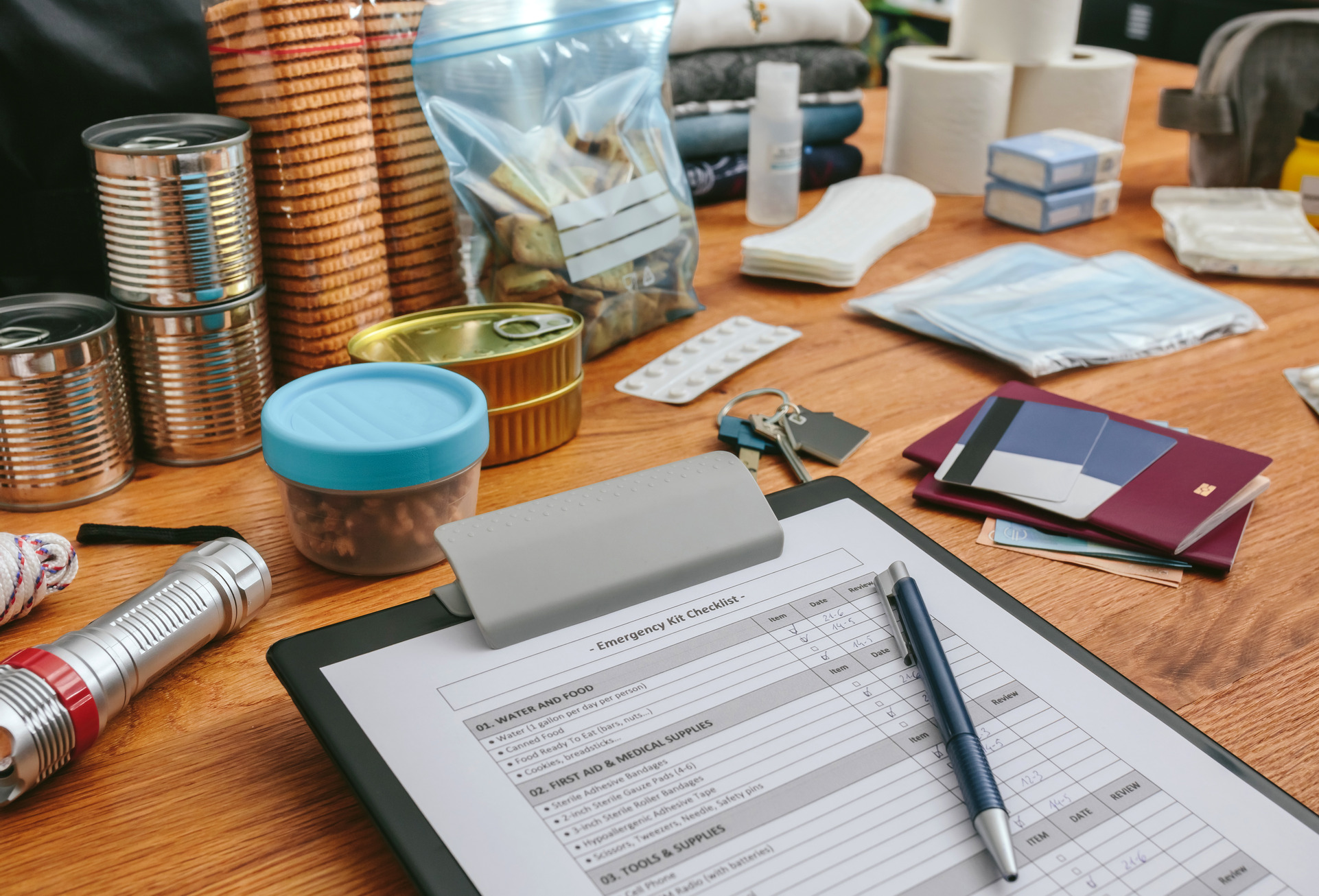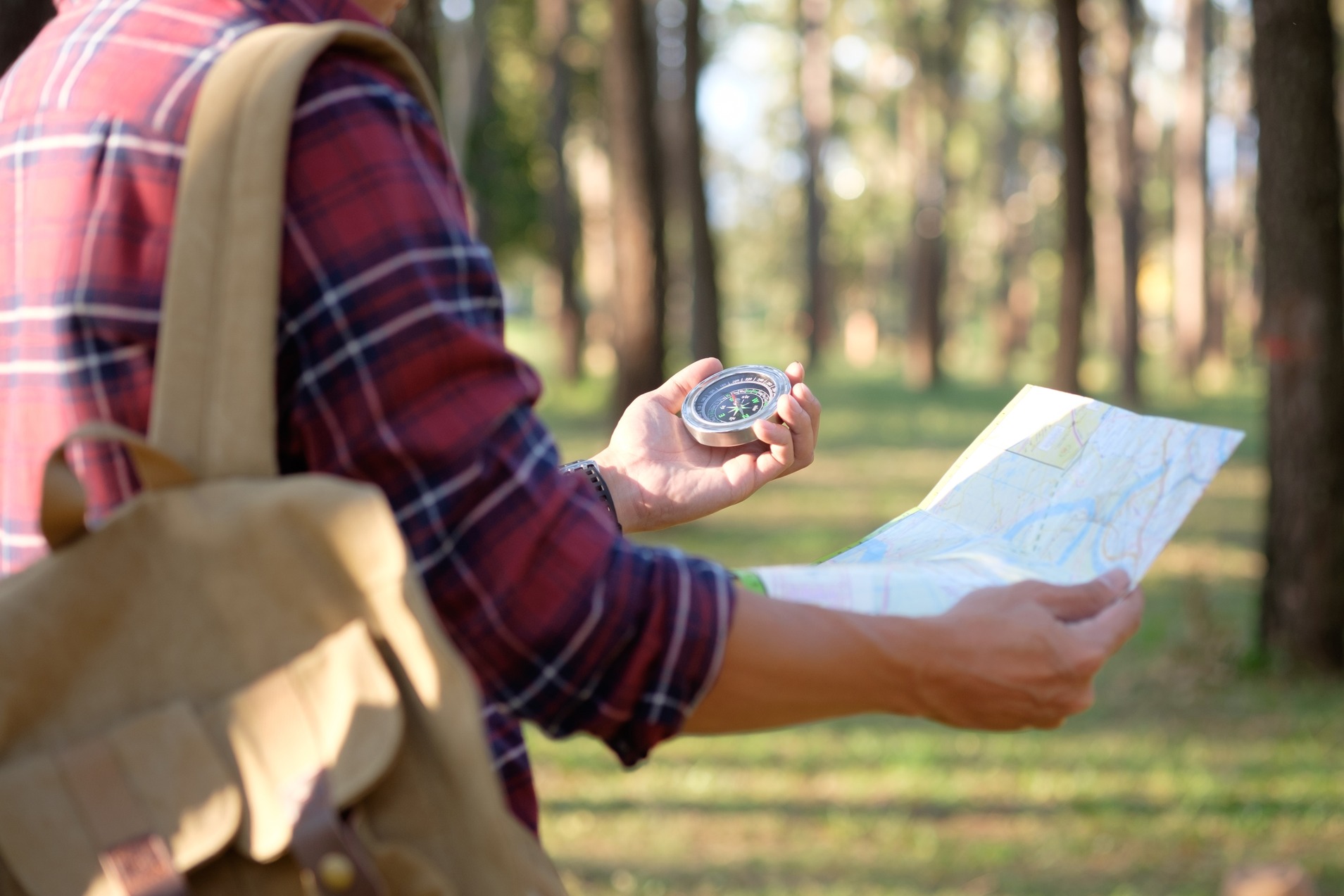Every person needs to learn survival skills. Many people assume they will never need them and learning these skills is a waste of time. However, countless individuals in Texas never expected a deep freeze and the loss of power for days. It’s better to be prepared and not need the skills than to not have them and need them.
Knowledge is key to surviving, regardless of the situation. The following skills are ones every person should learn and practice in 2023. Hopefully, they won’t be used, but those who do find they need them are thrilled to have these abilities in their repertoire.
S.T.O.P.
The first thing a person should do, according to Prepared Bee, when they are lost in the wild or disoriented following a natural disaster that wiped out the normal landscape is to S.T.O.P. Panicking is the worst thing they can do, and learning S.T.O.P. will halt panic in its tracks. Bodily energy will be conserved and the person will be able to think logically.
S.T.O.P. stands for Stop, Think, Observe, and Plan. A person should stop and think of the next step they need to take, observe their surroundings to determine how to take this step, and plan what they need to do. This skill can be applied to any part of a person’s life, so it is one that should be practiced daily. It then becomes second nature, so a person won’t need to think about it during an emergency. Their body will automatically know exactly what to do.
Learn How to Estimate the Distance Traveled
In an emergency, a person might not have access to a vehicle. They will need to walk to their destination. However, many people don’t know how to estimate how far they have traveled, particularly when they don’t have a map, a compass, or other tools to help. A person can learn and practice this valuable skill so they have a better understanding of how far they have traveled. Although the distance won’t be exact, it should be a close approximation.
An average person can cover three miles on flat ground in one hour. If they have been walking for two hours, they will have covered around six miles. However, this only works on flat ground. A different method must be used for rugged terrain.
One way to calculate the distance covered on rugged terrain is to count steps. The average person covers approximately 2.5 feet or 30 inches with each step they take. If they have walked 5,000 steps, they have covered 150,000 inches. This distance is the equivalent of 2.37 miles.
Make a Bandage Using Materials from Nature
Accidents can happen anywhere, and a person might not have access to first aid supplies. For example, parents may take their kids to the park to explore and one of the kids gets a deep cut. Running back to the car to get the first aid kit might not be possible. They need to know how to make a bandage from items in nature to stop the bleeding and seek help.
Look around for dried sphagnum moss. It is often found around swamps or bogs and has been used to treat wounds since World War I. The moss is both an antibacterial agent and an absorbent. By pressing it against an open wound, a person can help the blood clot. Medical attention can then be sought.
Estimate the Amount of Daylight Left
People might find it difficult to know how much daylight is left. They struggle to know what they should do. Should they focus on building or finding shelter? Do they have time to continue searching for help? By knowing how much daylight is left, a person can make informed decisions on the steps they need to take to survive.
To determine the amount of daylight left, take four fingers, stretch them out, and put them between the sun and the horizon. Each finger represents 15 minutes of remaining daylight. If the sun sits above the top finger, this is one hour of daylight left. When it sits on the bottom finger, the sun will go down in approximately 15 minutes. This skill is fun and easy to learn. Practice every day as the sun goes down, and it will quickly become second nature.
Find Bugs to Eat
Most people say they will never eat bugs regardless of how hungry they are. Once they find themselves in an emergency following a natural disaster, they quickly discover they will do anything to survive. To survive, they might need to eat bugs.
These creatures are nutritionally dense and contain proteins, fats, and carbohydrates humans need to survive. It all comes down to which bugs a person consumes and whether they cook the bugs first. Nobody wants to get a parasite from an insect they have eaten.
Dig in moist soil and earthworms will be plentiful. However, they must be cooked to avoid contracting a parasitic infection. Termites are another good choice because they burrow into wood. This means they are less likely to carry parasites. Find a piece of dry, rotted wood and break it open. Shake the wood and the termites should come out.
Construct a Water Still
Every person needs to know how to construct a solar water still. Water is necessary for human life. A person can actually live a few months on water only, although the length of time they will survive depends on many factors. However, this water must be clean and safe. A solar water still will provide safe drinking water.
Dig a hole in the ground and put a container in the center of this hole. Place moist items, such as dirty water or plants, around the container, and put a plastic sheet over the hole. Press on this sheet so it dips into the opening of the container. As water from the moist items evaporates, it will hit the plastic sheet and fall into the container. This water is distilled, making it perfectly safe for human consumption. This skill is one every person should learn immediately, as one can never know when they will need access to clean drinking water that is not readily available from other sources.
Make a Rope from Items Found in Nature
People find a rope to be of great help when they are in the wild. However, it has many uses around the home as well. If rope isn’t readily available, turn to nature to make one from scratch. Begin by peeling the outer bark from a dead tree trunk. The strands within the dried inner bark will be used to construct the rope. Choose the longest strands possible.
Once the strands are collected, brain them together. Use a larger number of strands to make a stronger rope. Only a few strands will be needed to create a rope for a shelter or to use as a clothesline. If the rope must hold the weight of a person as they make their way down a cliff, it must be significantly stronger. Use more strands for this rope. 
Thaw Extremities
If the extremities are exposed to the cold, they are subject to frostbite. The skin and the underlying tissue suffer an injury that may be permanent. If caught early, frostbite is treatable. When left untreated, the skin and underlying tissue turn black and die. This often leads to the need for amputation of the affected extremities. Fortunately, people can take steps to halt frostbite before it reaches this stage.
Swing the arms or legs back and forth like a pendulum. Do this forcefully to force blood to the fingertips and toes. Many people believe this simple action won’t be enough to help them, but it will. Avoid massing or rubbing the skin because that can actually make the problem worse. While swinging the arms and legs won’t prevent frostbite completely, it can slow its progression. The extra time this movement provides may be enough for help to arrive.
Remain Positive
The most important thing a person can do in a crisis is remain positive. A person with a positive mindset won’t give up even when things look dismal. They keep moving forward and looking for solutions to the challenges they encounter. When doing so, they control their emotions and look for the silver lining in every cloud. This skill is one that will benefit them throughout every part of their life. Practice thinking positive thoughts daily to establish a positive mindset that endures throughout any challenge.
This list of essential survival skills to learn in 2023 is not complete. Many other skills may be of help in an emergency. However, a person must start somewhere and these skills are of great value. Learn one skill, practice it until it becomes second nature, and move on to the next. Start with those that will provide the necessities in life, including food, water, and shelter. Once they are mastered, move on to those that focus on health and well-being. With each skill learned, a person will gain more confidence in their ability to handle any situation, and this feeling is priceless.












